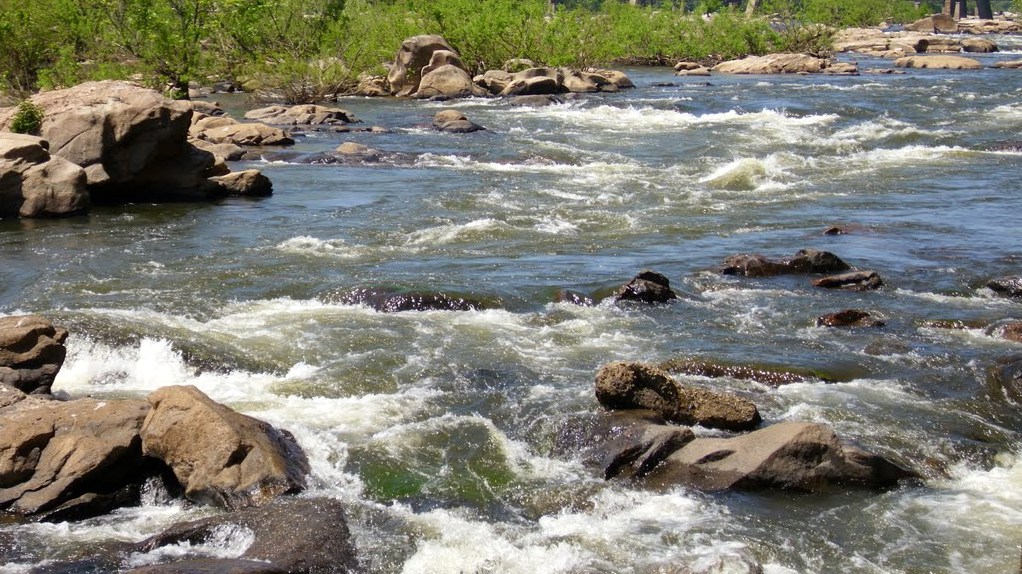The US Geological Survey has just released the latest data on water use across the US, and the good news is that it is down dramatically – 13 percent lower than in 2005. Even though our population is growing, water conservation tools and practices by farmers, factories, and households are becoming widespread and are having a noticeable effect.
Despite the overall reduction in water usage across the country (and that’s a great achievement, don’t get me wrong), we need to do a lot more to use our water resources wisely. This is important everywhere across the country, but of critical importance in the western third of the US, where according to the US Drought Monitor, more than 50 million people are currently living in drought conditions. According to the Monitor, the entire state – yes, 100% – of California is experiencing at least a minimum level of “moderate drought,” with 58.4% of California’s area suffering the maximum level of “exceptional drought” conditions.
Of interest to all who live in California should be the fact that Californians continue to use the most water of any other state (11% of total withdrawals of all water categories and 10% of total freshwater withdrawals).

The top use of water in California, by a wide margin, is for agricultural irrigation (60.7%). Next comes thermoelectric power generation (17.4%), followed closely by public use (16.6%). Yes, it’s important to continue installing more efficient cooling systems in thermoelectric power plants and encouraging residents to conserve water at home. But we need to acknowledge the elephant in the room: unless we address the delivery and use of water in agriculture, the big picture won’t change much. We need to support the agriculture industry, but we also must insist on finding and implementing technology and irrigation practices that use our water wisely, leaving more for the natural environment while still growing the food we need to feed our population.
Categories
USGS reports U.S. Water Use Down


